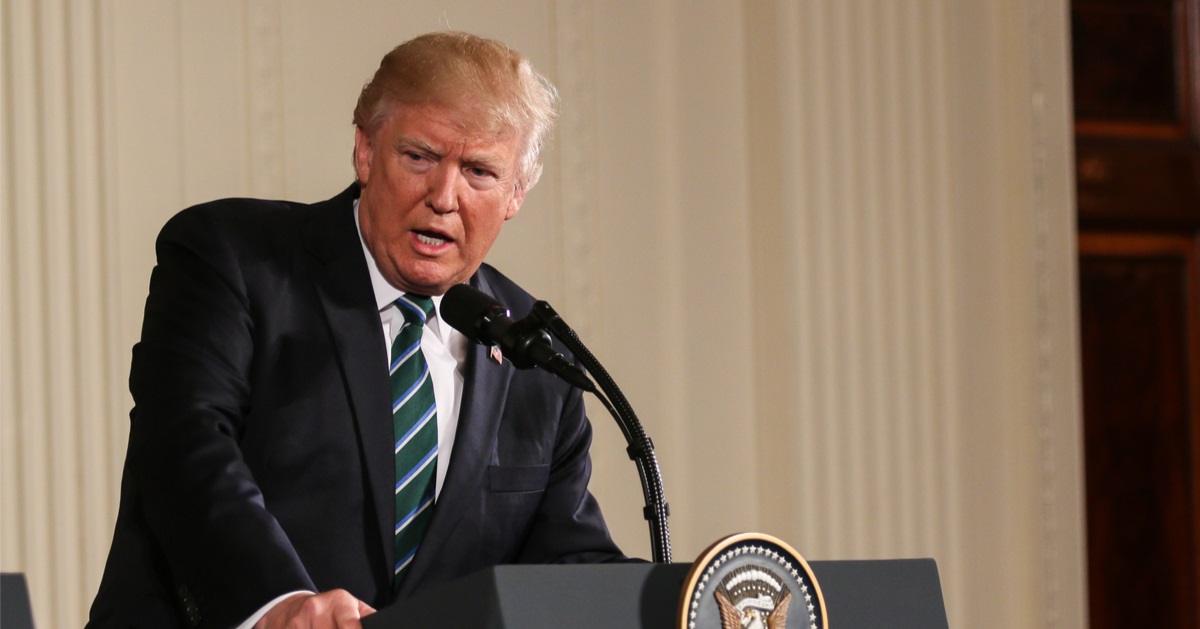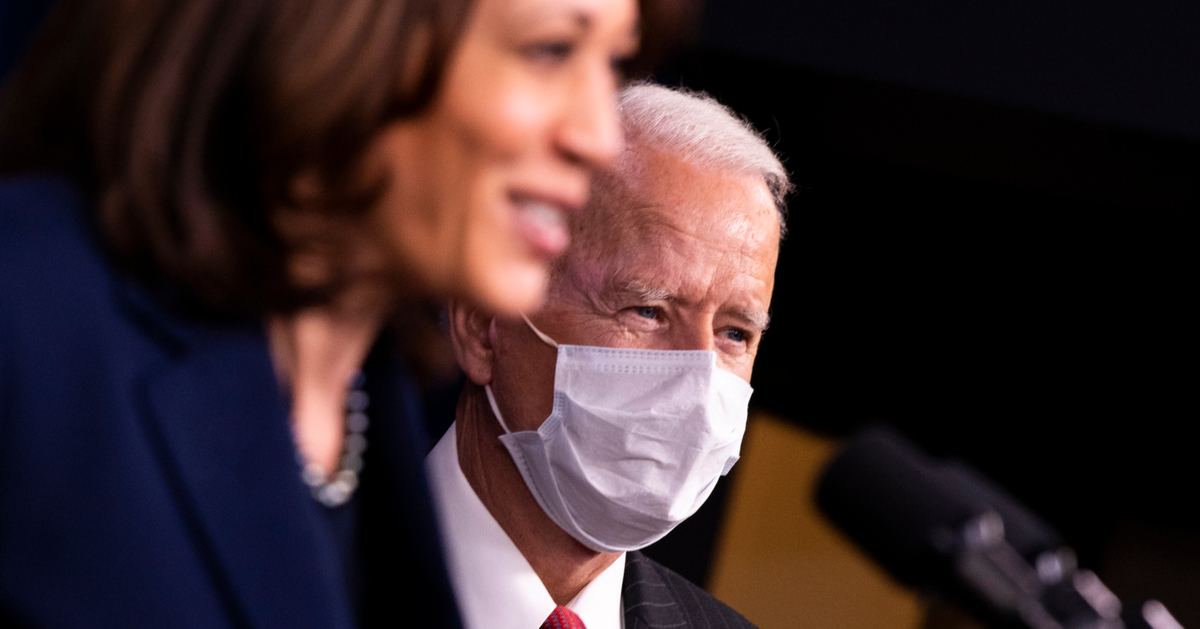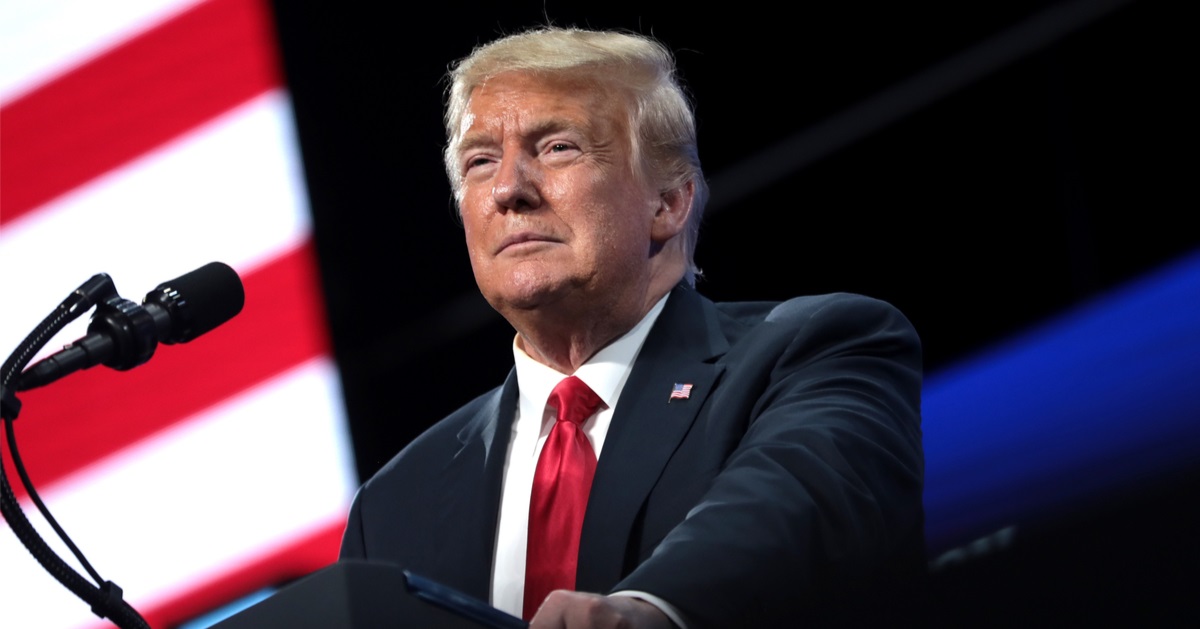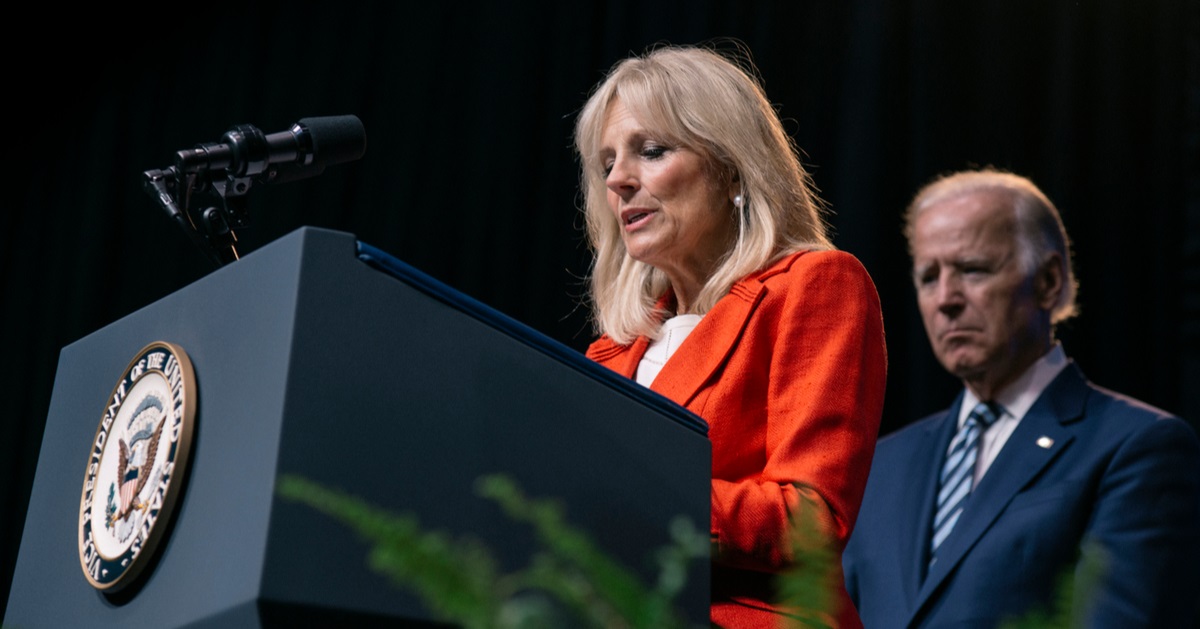Judge rejects preliminary injunction against Biden's pistol brace rule
A federal judge in North Dakota rejected a request to block the Biden administration's pistol brace rule.
The Bureau of Alcohol, Tobacco, and Firearms (ATF) rule treats pistols equipped with stabilizing braces like short-barreled rifles under the National Firearms Act, subjecting owners of these accessories to burdensome regulations and, potentially, severe criminal penalties.
North Dakota District Judge Daniel L. Hovland, a George W. Bush appointee, ruled that the plaintiffs were not likely to succeed on the merits of their claims.
Biden's pistol brace rule
The case was brought by the Firearms Regulatory Accountability Coalition and 25 states.
The plaintiffs argued that the rule strays from the text and purpose of the NFA, which was written to target concealable short-barreled rifles and machine guns favored by criminals during the Prohibition era. The law excluded pistols when it was enacted.
To buy an NFA firearm, individuals must go through a burdensome process that includes submitting fingerprints and paying a $200 tax. Violating the NFA comes with severe penalties including 10 years' imprisonment.
The NFA defines a rifle as "a weapon designed or redesigned, made or remade, and intended to be fired from the shoulder.”
The ATF argues that this definition fits most pistols equipped with stabilizing braces. But the plaintiffs say the NFA's definition of "rifle" only covers weapons that are manufactured as rifles, specifically, rifles that are built with a short barrel or else modified afterward to have a short barrel.
They point to statutory language that covers short-barrel weapons "made from" a rifle. That would appear to exclude pistols that are, in the ATF's view, "made into" rifles by adding an accessory.
"While the NFA covers short-barreled weapons 'made from' a rifle, it nowhere covers pistols that in ATF’s estimation are made into a regulated short-barreled firearm by the addition of accessories such as braces."
Request denied
However, Judge Hovland found that the ATF was making a reasonable effort to interpret ambiguities in the law.
"The Court finds that the Final Rule does not 'rewrite' the definition of rifle, but rather provides guidance for enforcers to determine when a
particular weapon with a stabilizing brace falls under the purview of the National Firearms Act," he wrote.
The judge rejected the plaintiffs' argument that the rule is effectively an act of legislation, finding the rule is "interpretative." He also rejected the argument that the rule is "arbitrary and capricious."
“The Plaintiffs and other litigants have argued that the definition of a rifle should be limited to devices that are designed to be exclusively fired from the shoulder, but many courts have rejected this interpretation of the statute. …This Court finds the ATF has acted within the ‘zone of reasonableness’… Accordingly, the Plaintiffs have not met their burden of demonstrating that the regulation is arbitrary and capricious.”
The judge found the plaintiffs "make some reasonable arguments in support of their position, but none necessitate the issuance of a preliminary injunction at this state which is an extraordinary remedy."
In a separate case, the Fifth Circuit Appeals Court blocked the pistol brace rule in a 2-1 decision.
Last month, the Supreme Court allowed Biden's "ghost gun" ban to remain in effect while litigation continues.






